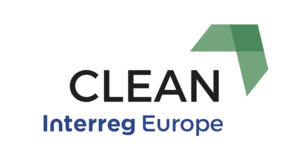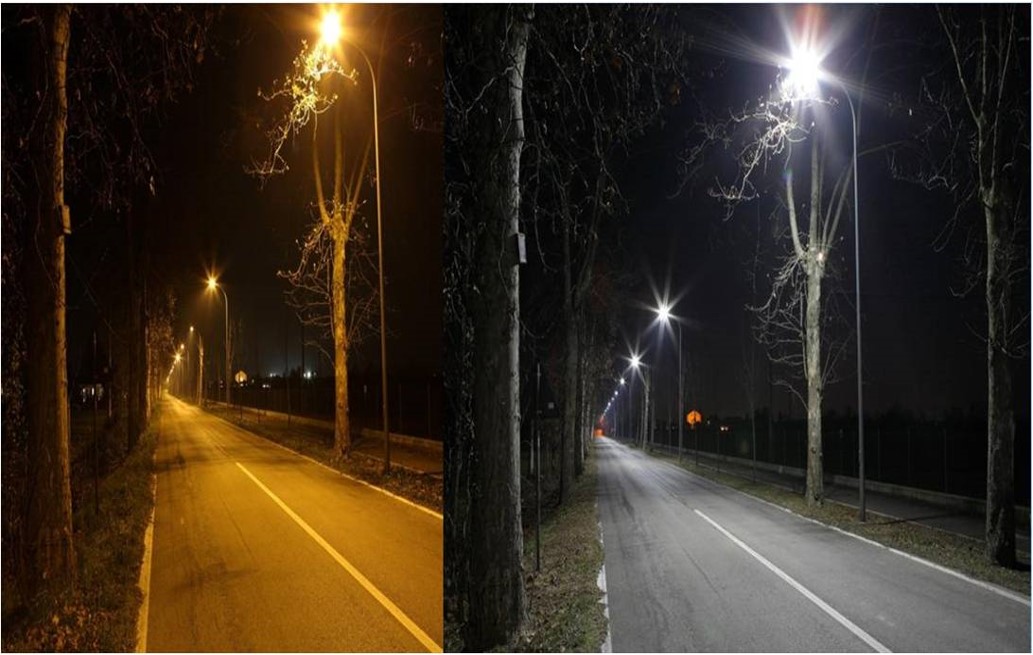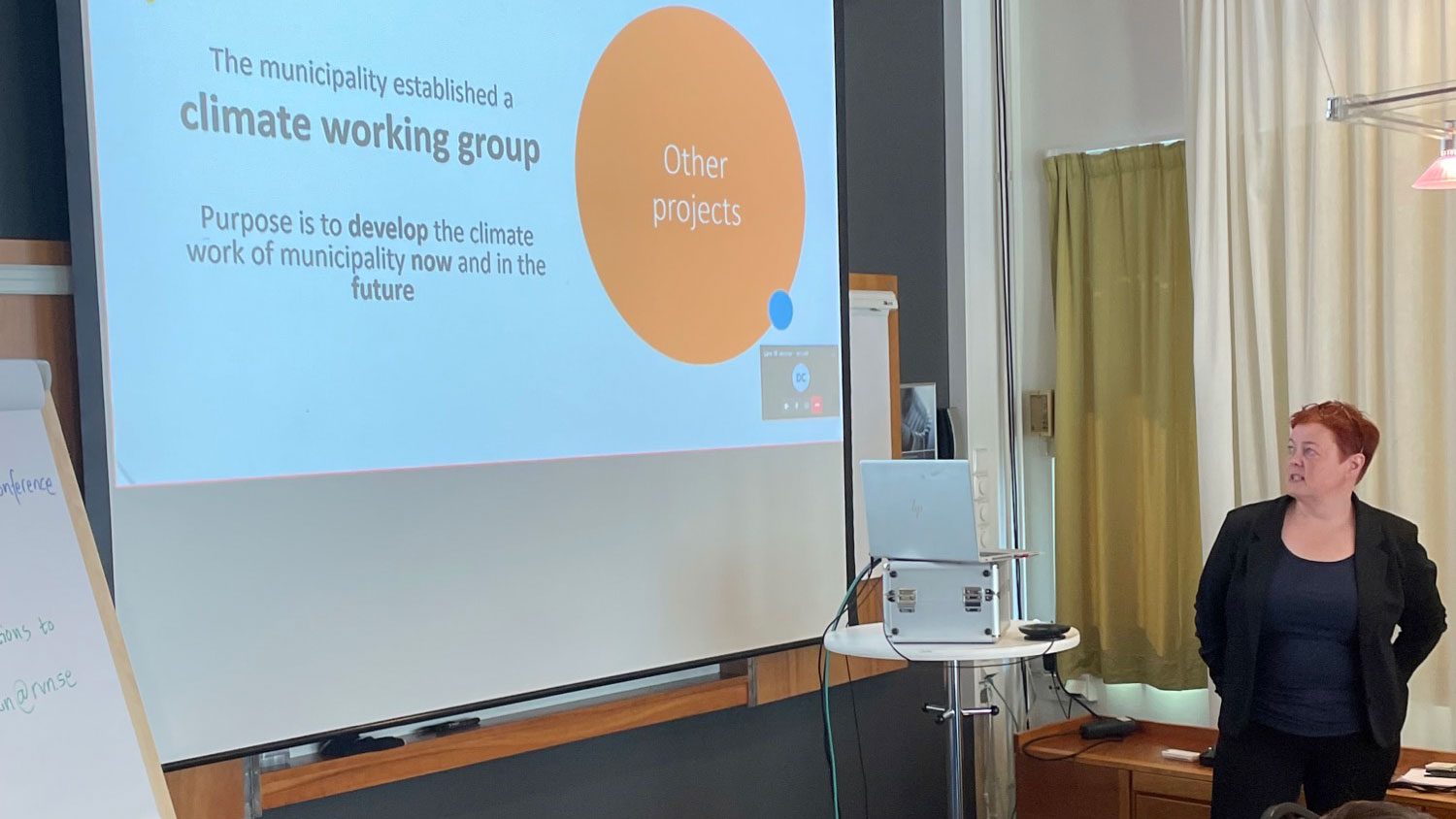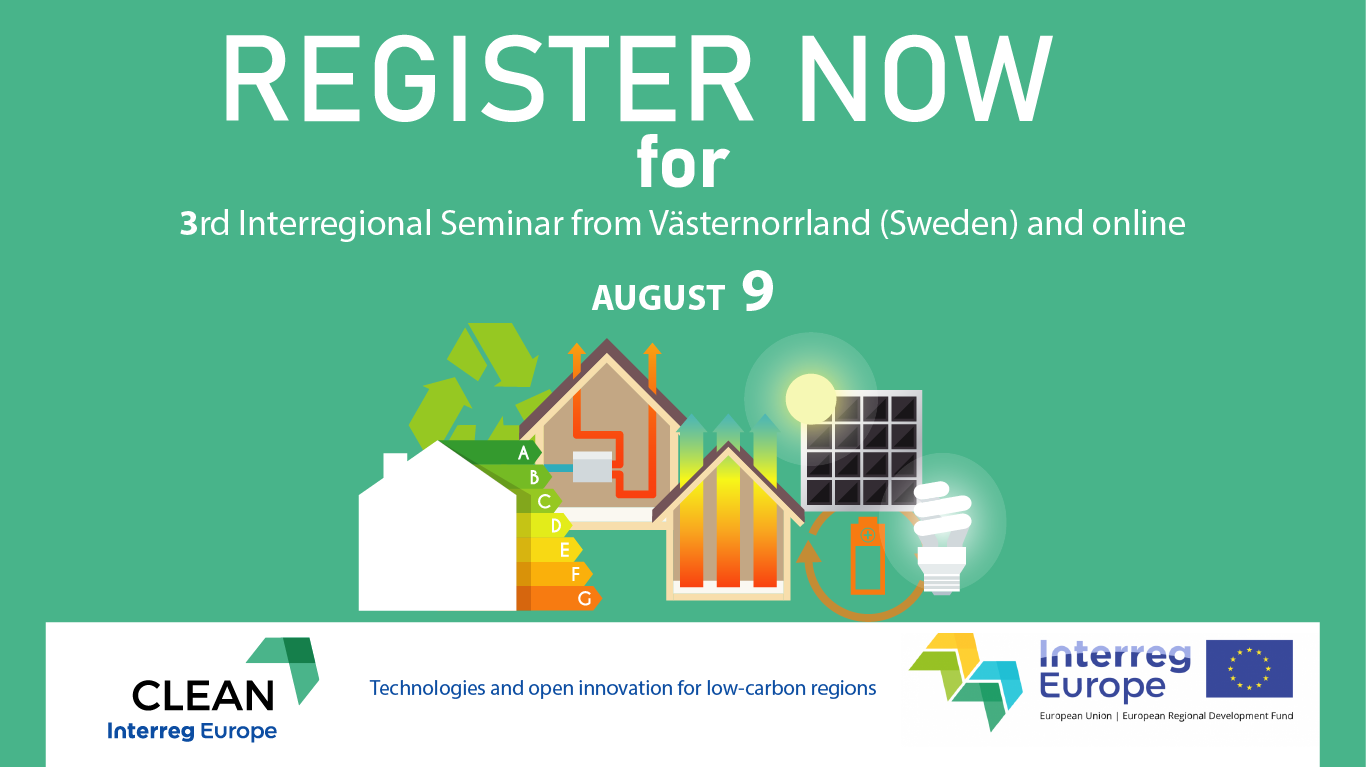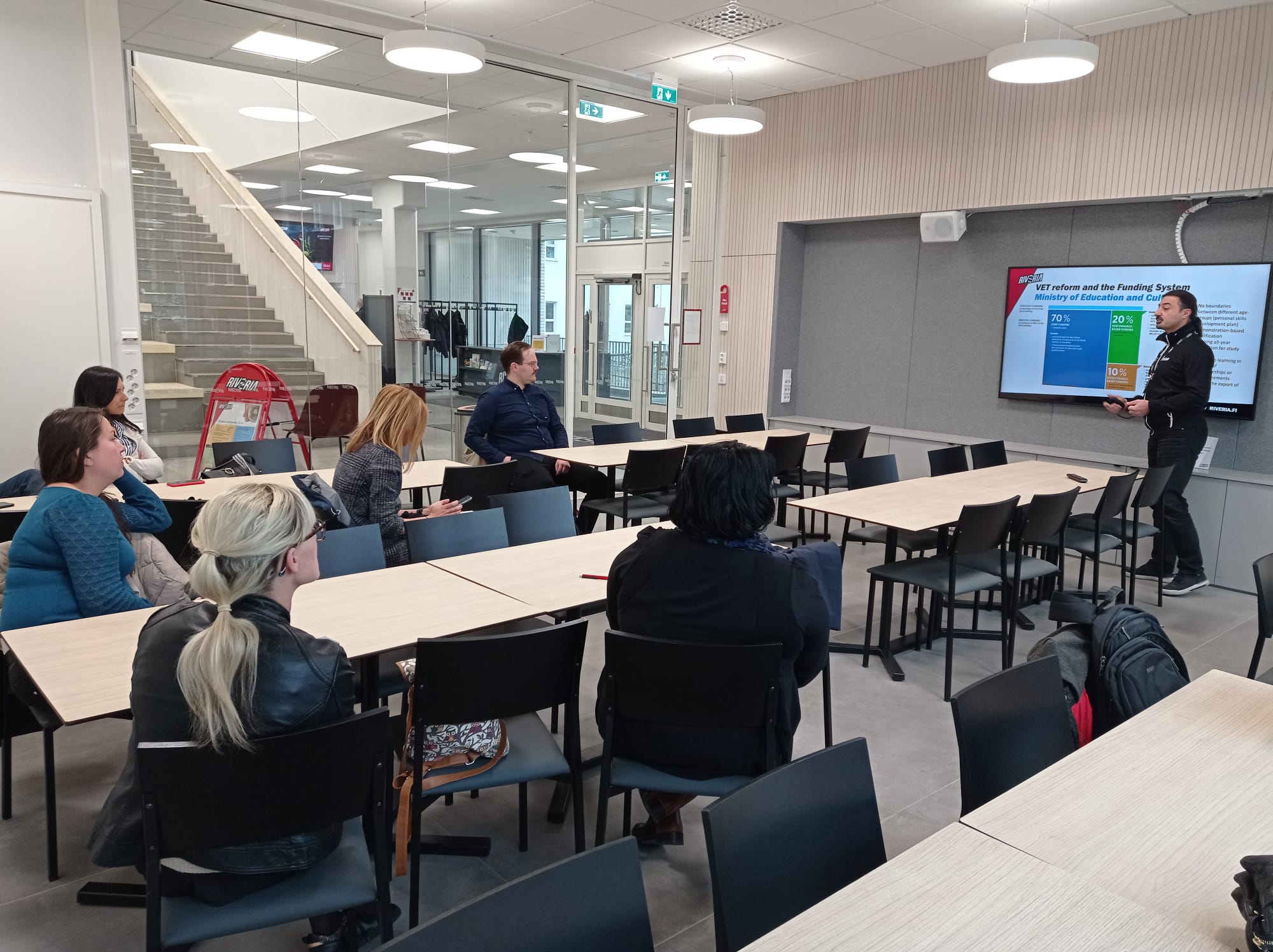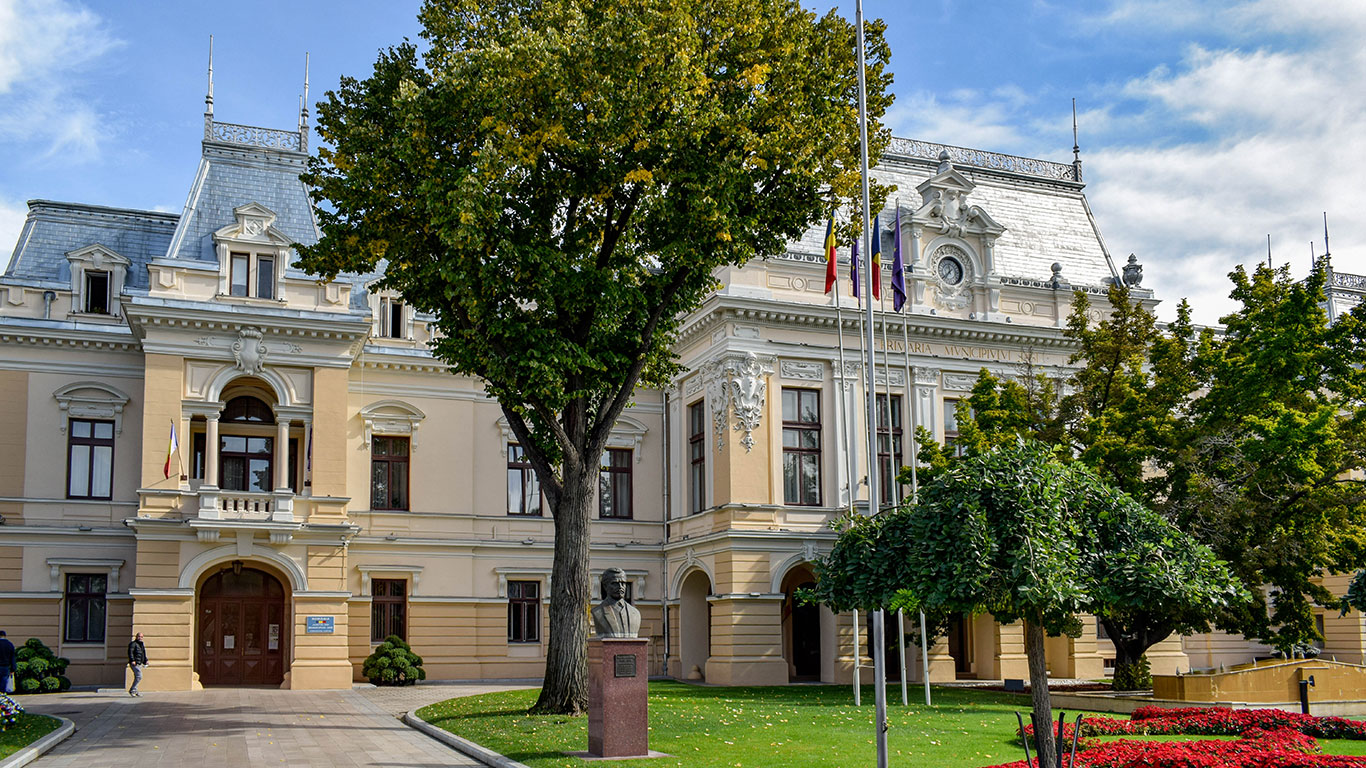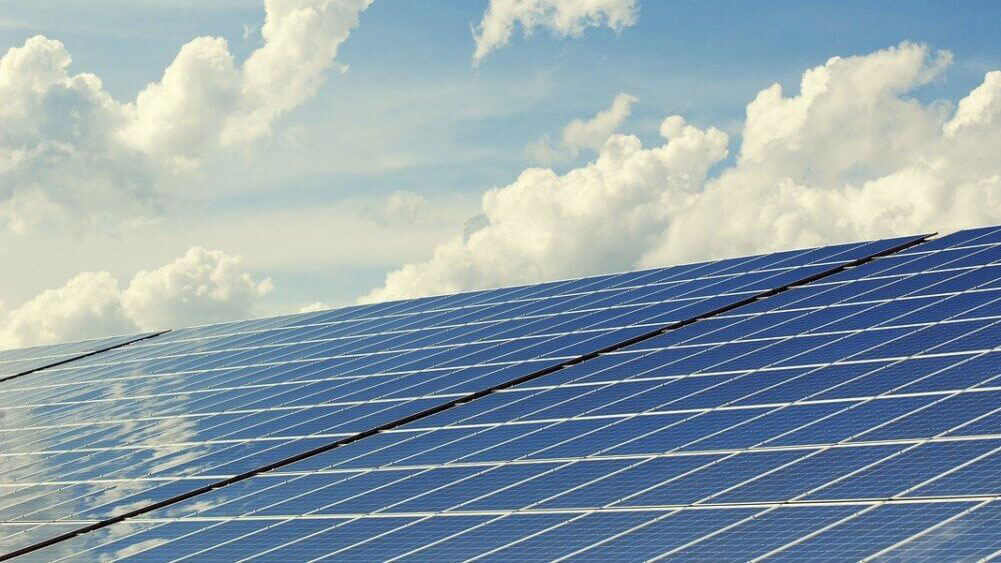This week we speak with our project partner Elena Farca from Iasi Municipality (Romania) to discuss the progress of their Regional Action Plan and the objectives they would like to achieve.
What is the full name of your Action Plan? IASI Action Plan – Energy efficiency for better living.
What is the aim? Iasi AP is aiming to promote the most adapted solutions to reduce energy losses in major sectors projects, based on good practices identified to CLEAN Project Partners, in the fields of public lightning, health and awareness.
And, what will be the main output? The main output will be the two new projects financed by ROP European funds (Iasi public lightning complete modernization and energetic rehabilitation and modernization of a large public hospital in Iasi) and an awareness campaign in schools.
What is the name of the policy instrument or instruments addressed? The policy addressed is Romanian Regional Operational Programme 2014-2020.
What would you highlight from the policy framework? This policy instrument is a national one - the Regional Operational Programme (ROP) for Romania. It aims to promote smart sustainable and inclusive growth in all regions making them more attractive places in which to live and work. The program addresses the major development challenges for Romania: regional competitiveness, sustainable urban development, the low-carbon economy, and economic and social infrastructure at regional and local levels. It contains 8 major Thematic Objectives including the main ones of RTD, SME competitiveness, promotion of low-carbon economy.
This project addresses the low carbon Thematic Objective, which contains four Investment Priorities. The relevant one is 4c - “Support effective energy, intelligent management energy and the use of renewable energy in public infrastructures, including public buildings and the housing sector”. In addition to buildings, this priority includes district heating, use of smart energy management systems, sustainable lighting (including public lighting) and new strategies for energy efficiency.
Could you tell us a little bit about the background of your action? The City of Iasi, in common with most other parts of Romania, faces very serious energy efficiency challenges. This is as a result of a particularly energy inefficient housing stock, creating district heating systems to the point of unsustainability and lighting systems supplied by outdated electricity transmission systems. The need to improve upon these overwhelming challenges is reflected in design of the policy instrument and the fact that four of the possible six investment priorities are included in it - 4a (renewable energy production), 4c (public infrastructure/housing/lighting), 4d (smart energy distribution) and 4e (low carbon strategies).
The focus of this project, in the region is: that more than 75% of Romania's housing stock was built following World War II. In particular, Romania possesses the largest number of blocks of flats in Central Europe. Some 2.4 million apartments were built before 1985 and are in need of thermal insulation. During the communist era, public buildings and blocks of flats were constructed with low standards of energy efficiency. The minimum requirements for energy efficiency started to be applied only from January 1998.
The residential and tertiary building sector (offices, commercial spaces, hotels, restaurants, schools, hospitals, sports halls, etc.) are the highest energy end-use consumers when heating, lighting, household appliances and equipment are taken into account. As regards the energy performance of non-residential buildings, their energy consumption is higher than of residential buildings.
District heating and public lighting account for a large proportion of public energy use in every locality, especially in cities. The reduction of energy consumption and CO2 emissions could be achieved by the application of innovative technologies and approaches that we have learned during exchanges on CLEAN project.
Why did you choose that specific action? The largest consumers of energy affecting widely the local budget are public lightening and public buildings (such as schools, hospitals etc). Reducing high consumption and improving energy efficiency in those areas based on good practices learned from other European cities can be a sustainable solution to deal with this major issue.
What is the impact that you are expecting? As mentioned before, the main impacts will be the sustainable reduction of energy consumption and CO2 emissions and also an important impact on our local budget.
Which players are involved? Local public administration, public hospital from the city, private companies actives on energy management, public lightning, district-heating company.
